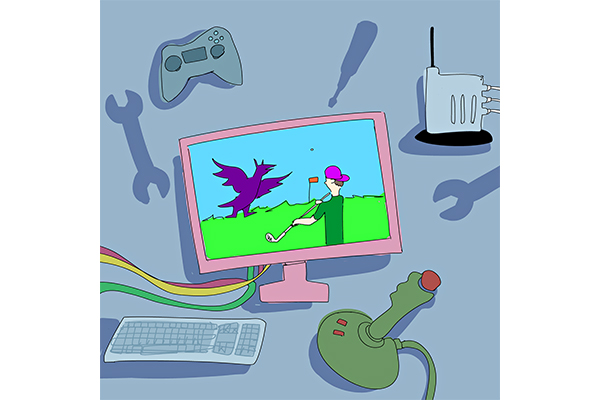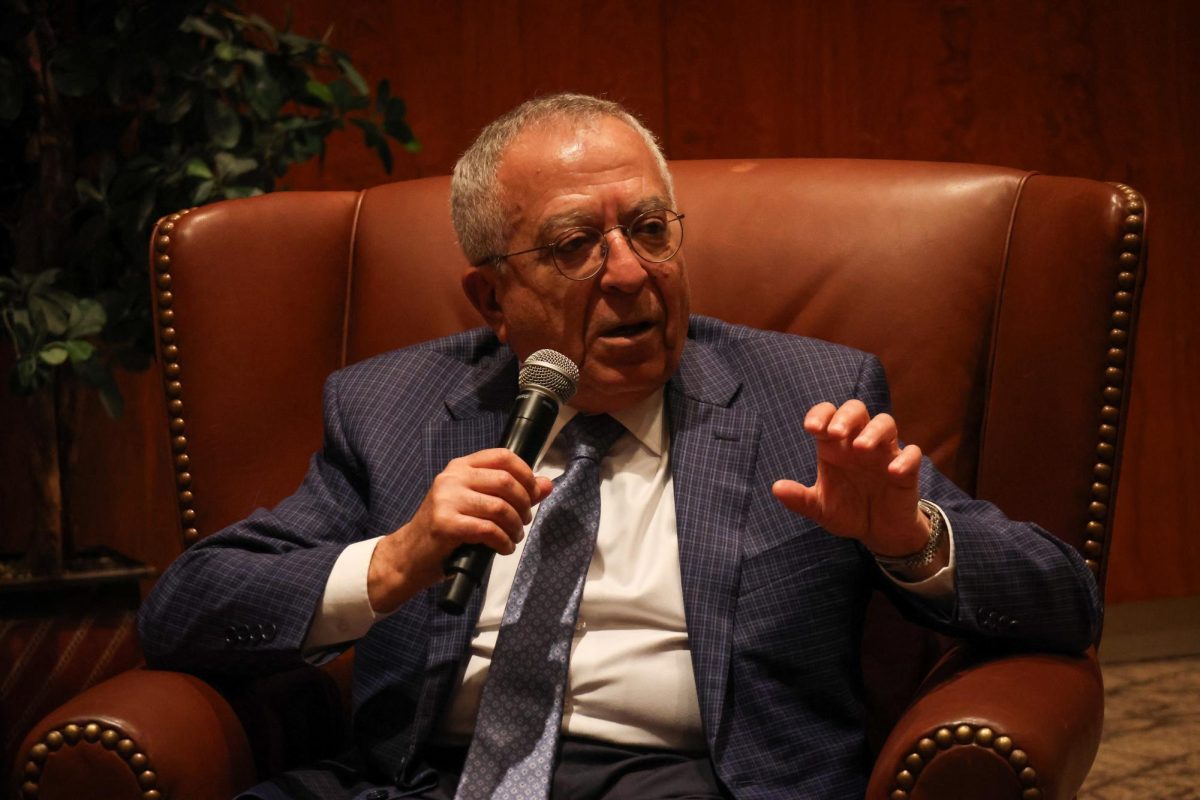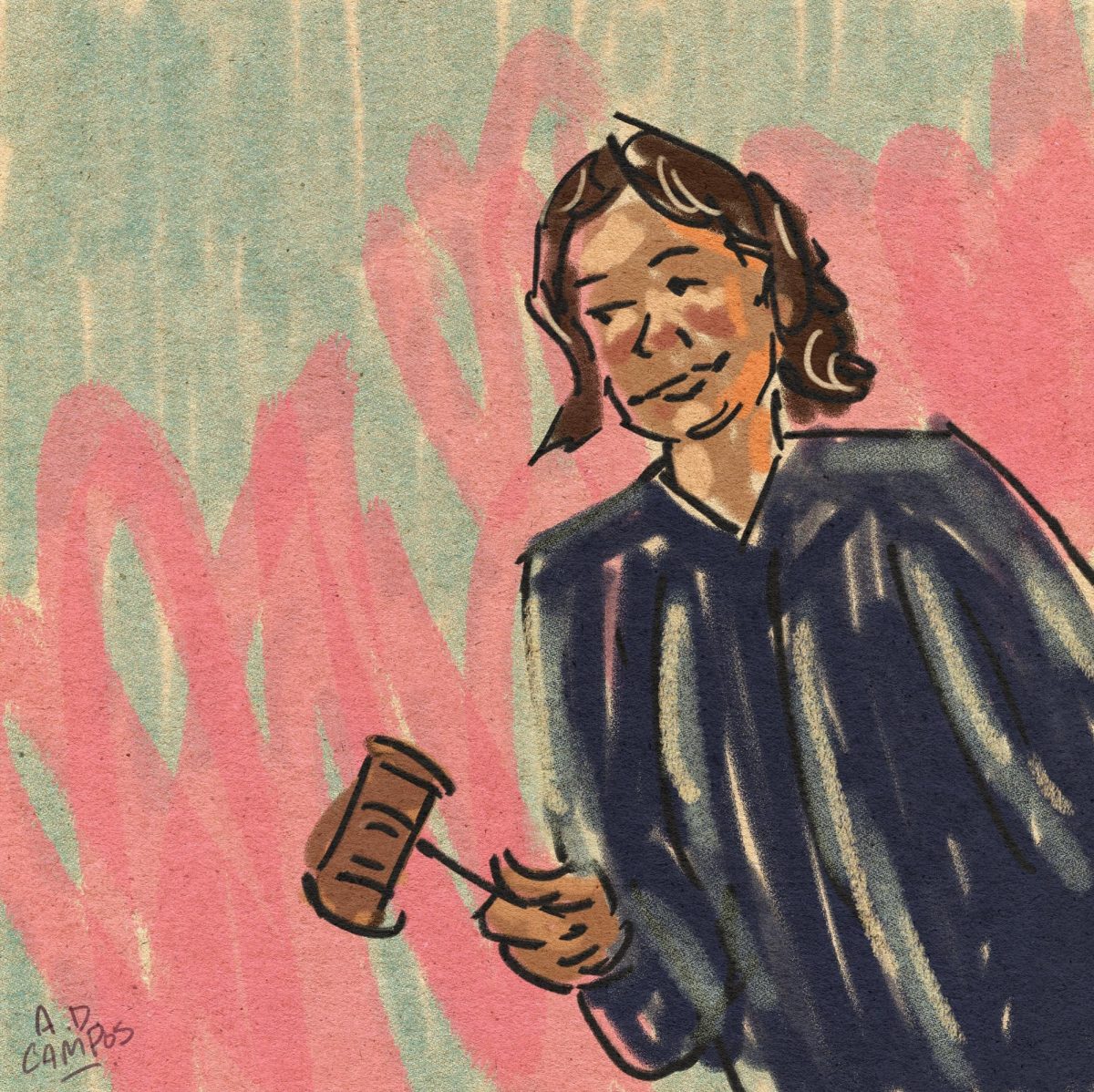The Computer Science and Arts and Entertainment Technologies departments have partnered to launch the Game Development and Design program in order to provide undergraduates with the resources they need to go into the video game industry.
Formerly known as the Game and Mobile Media Applications program, this new certificate is intended to provide more overlap between the departments, said Paul Toprac, associate director of game development.
“You need to have certain core fundamental skills no matter which department you’re in,” Toprac said. “And then there’s some courses you can take … to get certified in game development.”
Students participating in the program will work together during their senior year to develop actual games during a capstone course, which allows students to apply their education to projects, said Bruce Porter, Game Development and Design steering committee chair.
“We’ve been doing this for about eight years, and we’ve had some remarkably sophisticated games developed by these partnerships,” Porter, a computer science professor, said. “What’s special now is the … new courses and opportunities in fine arts for these students.”
To ensure the program responds to changes in the gaming industry, an advisory council of industry representatives will give advice to the program, Porter said.
“It’s going to be very important for a program like this to stay in touch with industry trends and to be ahead of those trends,” Porter said. “We will create new courses and tear down old courses that are no longer as relevant (to) try to keep ahead of where the industry is going.”
Austin dominates the Texas gaming industry with more than 140 of the 270 gaming companies in Texas located in Austin, according to the Austin American-Statesman.
“We have strong participation from the industry here, and that’s part of the program … having a strong partnership outside of UT with the game companies,” Toprac said.
Toprac said it’s important for the partnership to be fostered between both of the departments’ students since they will have to communicate with each other and understand each other’s respective challenges.
“Previously, it was difficult for the CS students to get into the (Arts and Entertainment) courses,” Toprac said. “Now there’s gonna be a pathway for them to do that. Likewise … we’re going to make sure that there’s a series of courses there to help (Arts and Entertainment) students so they learn what they need to learn about programming.”
Computer science senior Huylar Lee wants to develop video games after graduating, and said it’s important for the departments to collaborate since it happens at the professional level.
“I think the artist should be aware of the programming side, and the programmers should be aware of the artists’ side,” Lee said. “It helps provide a better cohesive project and better final release in the long run.”





















